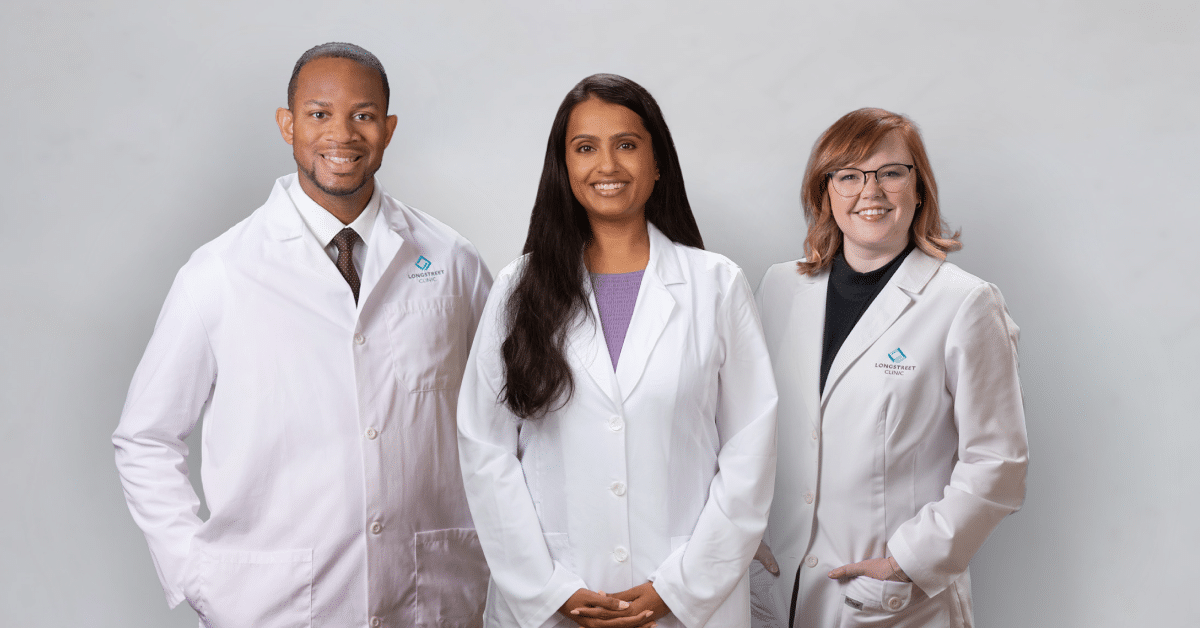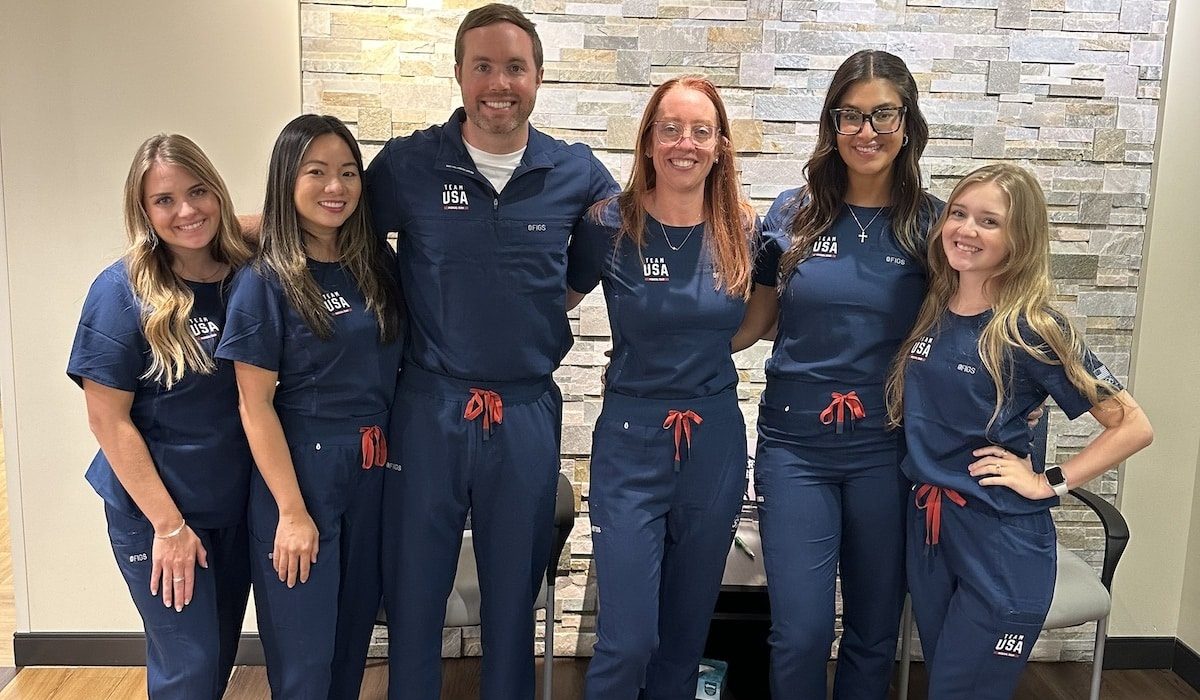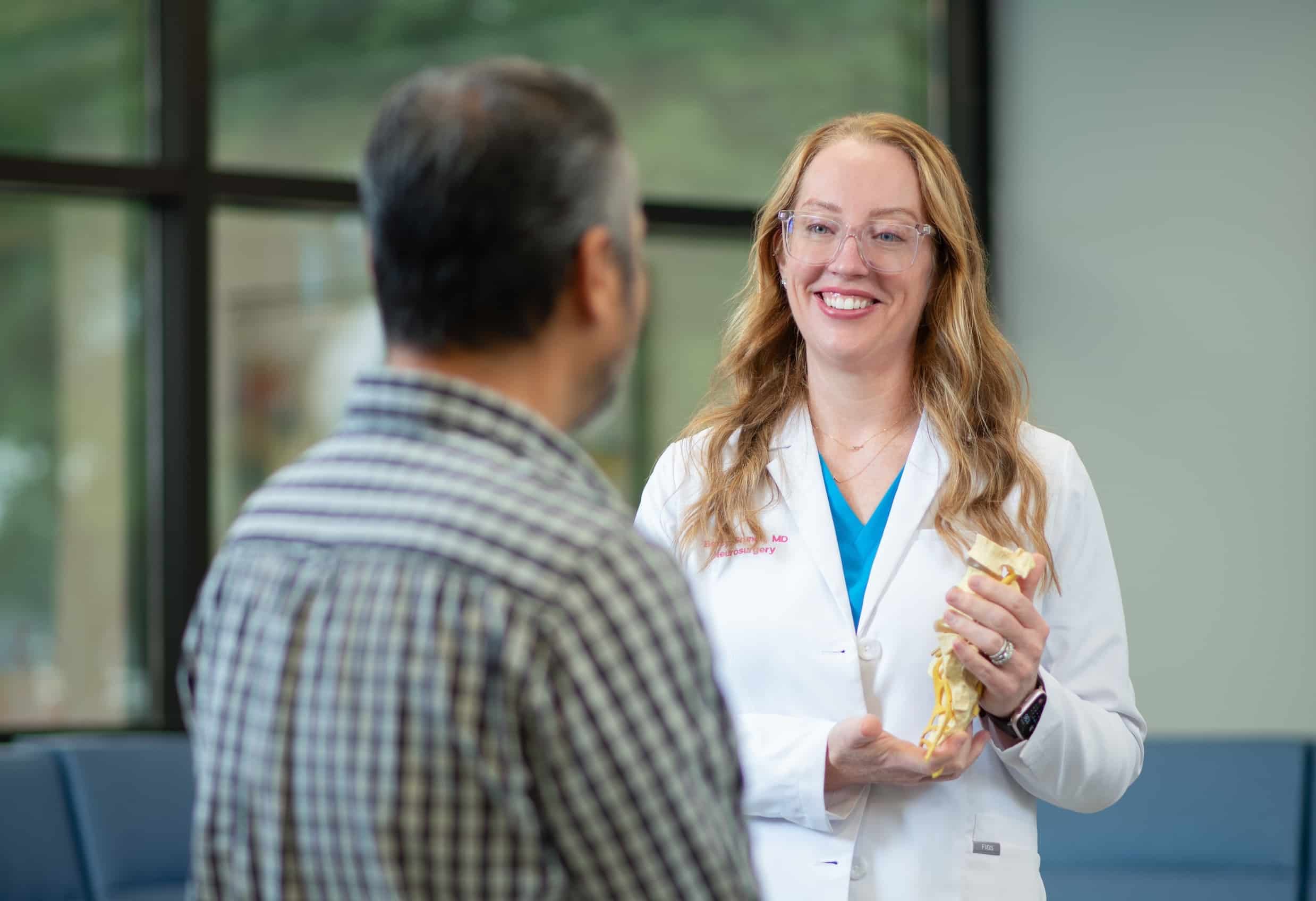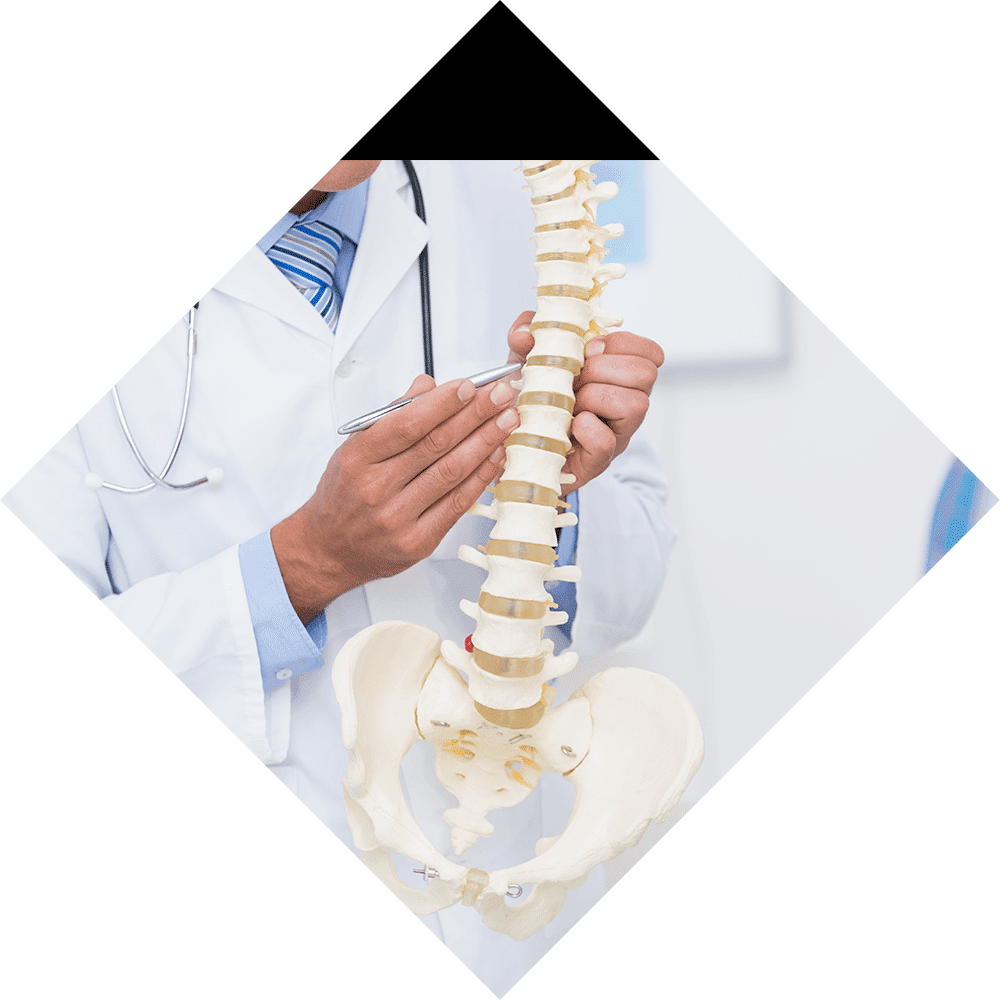Longstreet Clinic neurosurgeons offer a combination of experience and expertise that offers relief from delicate and potentially serious disorders involving the brain, spinal cord, and nervous system.
Whether you suffer from a chronic condition or have sustained an acute injury, Longstreet Clinic neurosurgeons utilize and understand the latest, most advanced technologies and minimally invasive techniques – which allows them to provide lasting relief and healing to complex and essential systems within your body.
These advanced techniques provide for faster healing times and long-lasting alleviation of a wide range of circumstances affecting the brain, spinal cord, and nervous system.
Procedures & Conditions
Our neurosurgeons are experts at diagnosing and treating a wide range of health concerns – from back pain to carpal tunnel syndrome to brain aneurysm. Longstreet Clinic neurosurgeons are adept at the latest advances in treatments concerning the back/neck, as well as brain and other nervous system conditions.
Procedures involving the brain
Neurosurgeons are trained specifically in operating in and around extraordinarily delicate organs and body parts, including the brain. Longstreet Clinic neurosurgeons are adept at treating and relieving concerns in and around the brain, including:
- Brain and spinal cord tumors – Neurosurgeons can remove growths that otherwise threaten the health of a patient.
- Ventriculo-peritoneal shunt – Shunts (a type of tube) are placed inside one of the brain’s ventricles to divert fluid away from the brain and restore normal flow and absorption of cerebrospinal fluid.
- Trigeminal neuralgia surgery – A compressed nerve in your skull (which carries sensation from face to the brain) can often be relieved via surgery, including microvascular decompression.
- Brain aneurysm – In order to treat this condition (a weakened and bulging or ruptured blood vessel in the brain) neurosurgeons may perform either surgical clipping to close off the aneurysm or endovascular coiling to seal off the aneurysm.
- Pituitary surgery – Because of the location of the pituitary (in a hollow space in the skull behind the nasal passages and below the brain) the expert hand of a neurosurgeon can provide the best results should you require surgery for conditions such as pituitary tumors.
Spinal procedures
Our neurosurgeons now use Brainlab Airo intraoperative CAT scan device for spinal surgeries at Northeast Georgia Medical Center – the first hospital in the state to acquire the device.
Longstreet Clinic neurosurgeons are also experienced in providing traditional and minimally invasive spine surgery, including:
- Cervical disc replacement – A damaged disc in the neck region of the spine is removed replaced with a prosthetic disc in order to provide decompression and retain maximum joint function.
- Anterior cervical discectomy and fusion (ACDF) – This disc surgery is approached through the anterior (or front) of the body in order to provide decompression for the spine through the neck region. This allows for damaged disc removal and either prosthetic replacement or fusion.
- Posterior cervical fusion and minimally invasive posterior cervical fusion (DTRAX) – Approached the posterior or back of the body. Occurs when two or more vertebrae in the neck are fused to allow them to become a solid bone. This can reduce decompression but restricts joint function. The DTRAX system implant helps alleviate neck and arm pain.
- Cervical laminoplasty – A surgical procedure that reshapes or repositions bone in order to relieve stress on the spinal nerves in the cervical section of the spine.
- Lumbar disc replacement – A damaged disc in the lower back region of the spine is removed replaced with a prosthetic disc in order to provide decompression and retain maximum joint function.
- Anterior lumbar interbody fusion (ALIF) – Approached through the front of the body, this procedure fuses vertebrae in the lower back to provide decompression.
- Direct lateral interbody fusion (DLIF) – Approached from the side of the body, this procedure allows for surgeons to fuse vertebrae to provide decompression.
- Open vs. minimally invasive lumbar fusion – Our surgeons are adept at both traditional and minimally-invasive procedures that fuse vertebrae in order to provide decompression in the lower back.
- Lumbar laminectomy/decompression – Also called open decompression, this procedure treats central spinal stenosis (narrowing of the spinal canal) in the lower back. The surgery involves removal of all or part of the lamina (posterior part of the vertebra) to provide more space for the compressed spinal cord and/or nerve roots.
- Lumbar microdiscectomy – May provide relief for a herniated disc in the lower back by relieving pressure on a spinal nerve root by removing a small part of the bone over the nerve root. Disc material under the nerve root may also be removed.
- Sacroiliac joint fusion – The joints in the pelvis are fused in order to provide more stability in the pelvis.
- Kyphoplasty – Surgeons use a a balloon-like device (balloon vertebroplasty) to inject special cement into vertebrae to restore a damaged vertebra’s height and provide decompression.
- Spinal cord stimulator placement – Surgeons implant a device that sends low levels of electricity directly into the spinal cord to relieve pain.
- Spinal fractures – Surgeons operate to provide stability to affected vertebrae and reduce risk of spinal cord damage, also to reduce pain.
- Scoliosis correction – Surgery may be able to reduce curvature of the spine and relieve chronic conditions.
- Baclofen pump placement – This muscle relaxant that is used to treat spasticity must be delivered to the target site in the spinal cord.
Other nervous system procedures
Because of the delicate nature of the nervous system, even those procedures that take place away from the brain or spinal cord require the utmost care. That is why our orthopedic surgeons, who work hand-in-hand with our physical medicine & rehabilitation specialists and neurosurgeons as part of our Neuroscience & Orthopedic Center, can perform related treatments such as:
- Carpal tunnel release – Neurosurgeons utilize small incisions in order to enlarge the carpal tunnel in the wrist, thus returning sensation and function and decreasing pain in the hand.
- Ulnar nerve release – This procedure addresses cubital tunnel syndrome and allows for decompression of the nerve in the arm around the elbow.
- Peroneal nerve decompression – This procedure provides relief for the common peroneal nerve via a small incision along the outer side of the knee. This provides space for the nerve and its blood supply, allowing for regeneration.
If you are suffering from any of the above conditions, our Longstreet Clinic specialists may be able to offer significant and lasting relief.
Longstreet neurosurgeons work in concert with our entire clinic
Thanks to the development of Longstreet Clinic’s Neuroscience and Orthopedic Center, our neurosurgeons work side by side with other highly trained healthcare professionals that can help you on your journey to regaining better health and improved quality of life. That includes Physical Medicine and Rehabilitation (PM&R), Interventional Pain Management specialists, physical therapists, and more – each dedicated to helping you overcome your neurological concerns and get you back to full health.
For more information about our providers or services, please call us today at 678-207-4100.







